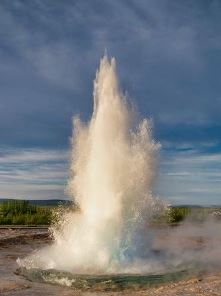Description
This course provides a practical guide of how to use and interpret well logs measured in the vicinity of planned geothermal sites to reduce uncertainties when assessing the feasibility of geothermal energy utilisation.
Analytical methods as well as (more sophisticated) reservoir simulations used for reservoir and production engineering assessment of the potential energy yield (volumes and temperature) need fundamental input such as porosity, permeability, and geothermal properties. Wells are the best source for such data and as more and more countries make well information and data publicly available, logs from the vicinity of planned geothermal targets should be used and assessed.
This course is very hands-on and result-oriented, and particularly beneficial for professionals who want to make meaningful petrophysical assessments for their geothermal challenge.
Course Structure: 4 modules of max. 3 hours each, delivered over 2 days
Each day will consist of 2 module which will be no more than 3 hours in length with ample time for delegates to break for refreshments.
Course Level: Foundation
Duration: 2 days
Instructor: Claudia Steiner-Luckabauer
